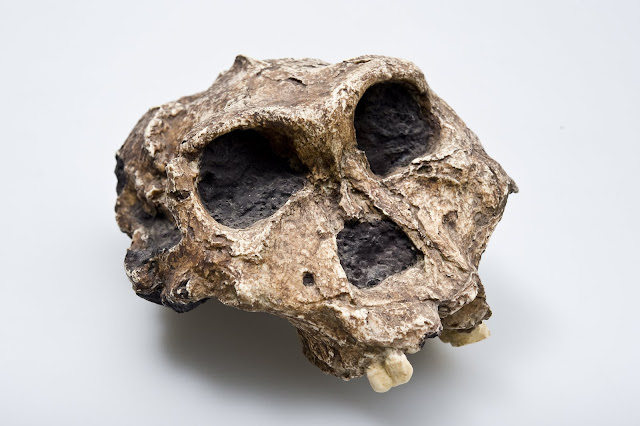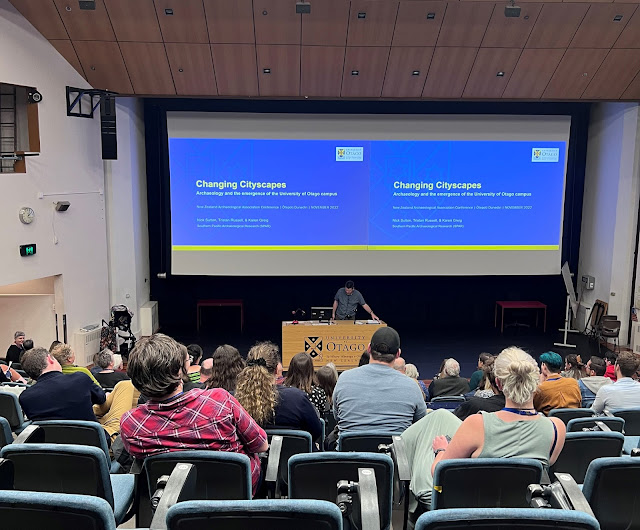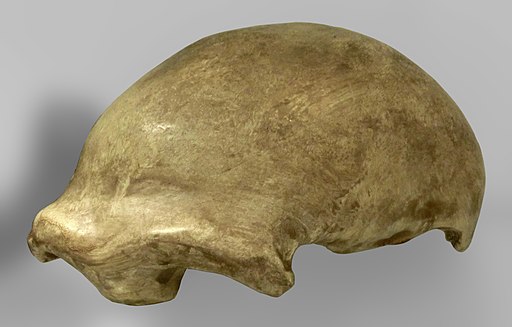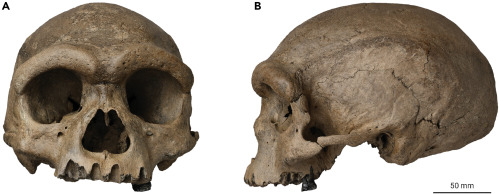More ponderings about proteins

Kia ora, In April 2020 I published a post to this blog entitled " New Insights into Human Origins - Part 1 ", in which I discussed a research paper that had reported the sequencing of enamel proteins from an ca. 800,000 year old hominin tooth recovered from the Gran Dolina cave in the Atapuerca mountains in Spain. These proteins were about twice as old as what was then, and still is, the oldest hominin DNA ever sequenced. As I explained in that 2020 post: " Proteins are biomolecules consisting of chains of organic compounds called amino acids that are assembled using information encoded in DNA, so the more similar two species' DNA is, the more similar we would expect the composition of their proteins to be. Proteins slower rate of degradation compared to DNA presents the opportunity to study hominin phylogeny (the evolutionary relationship between different species) further back in the past than is possible using DNA ." Of course, this paragraph may erroneous



